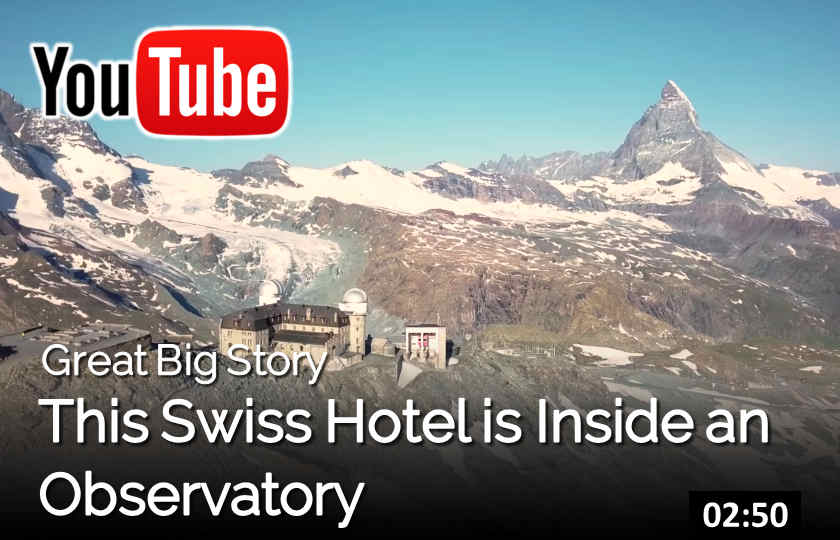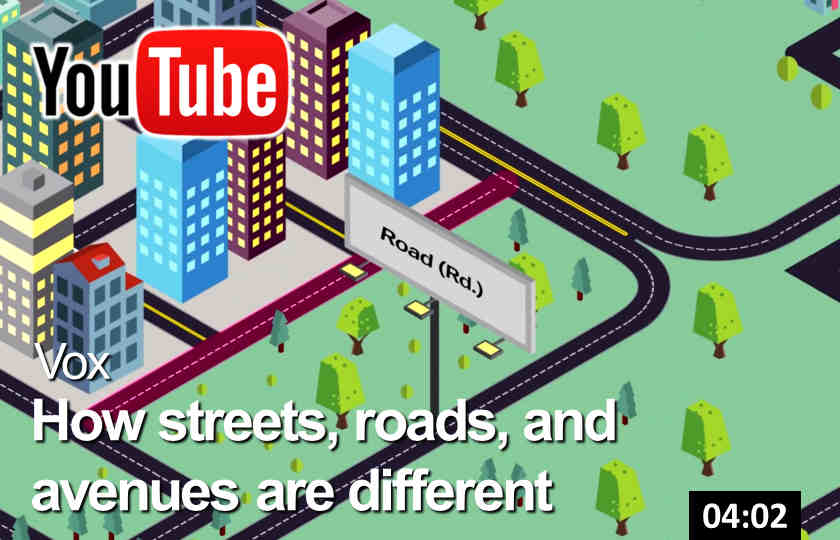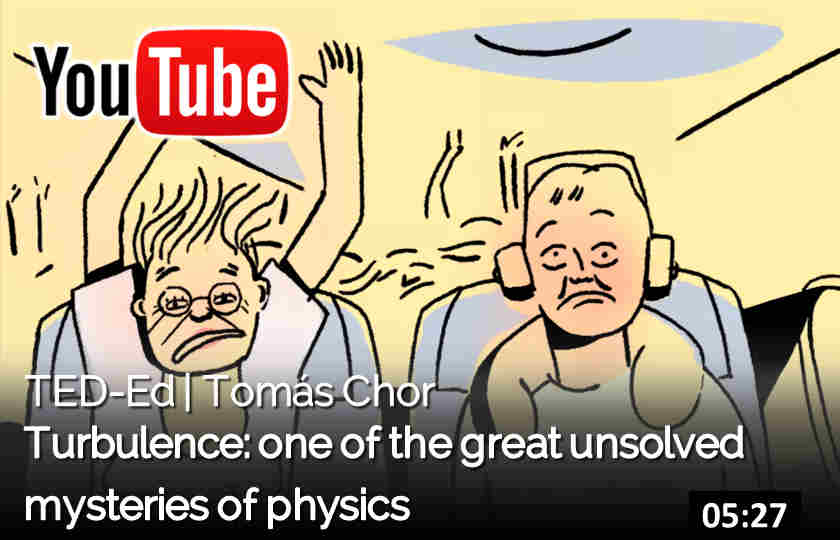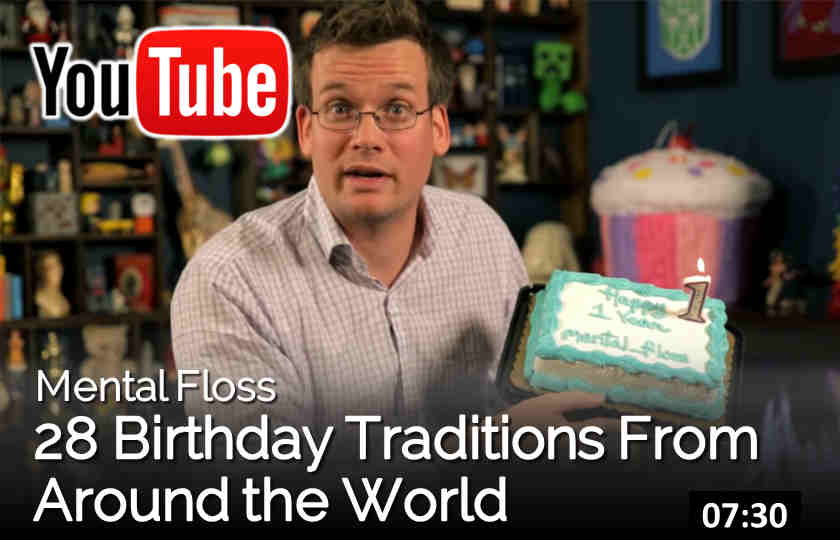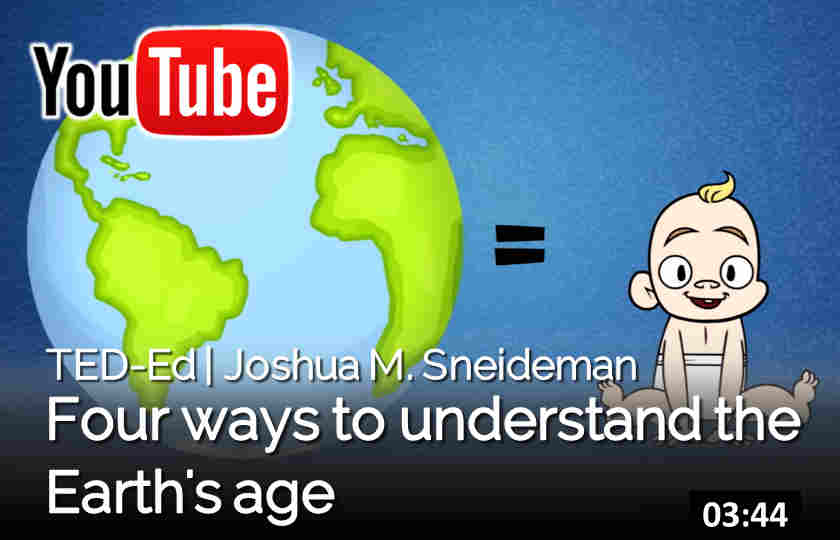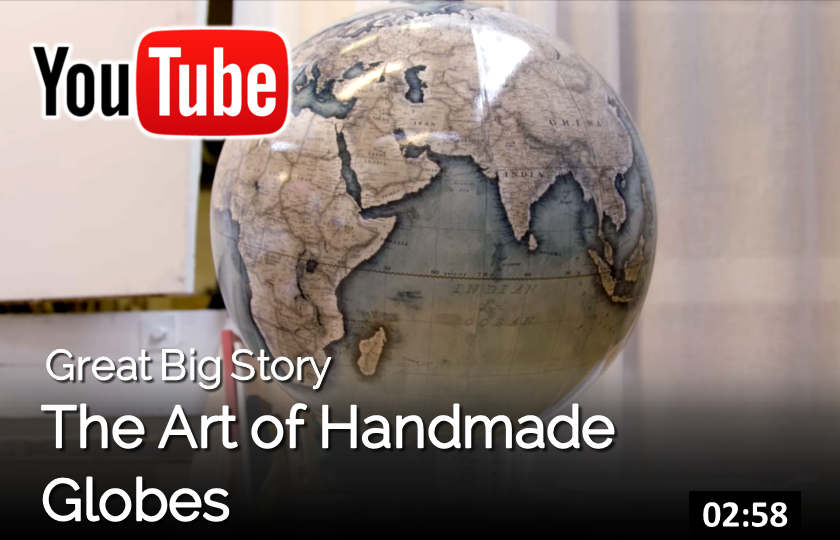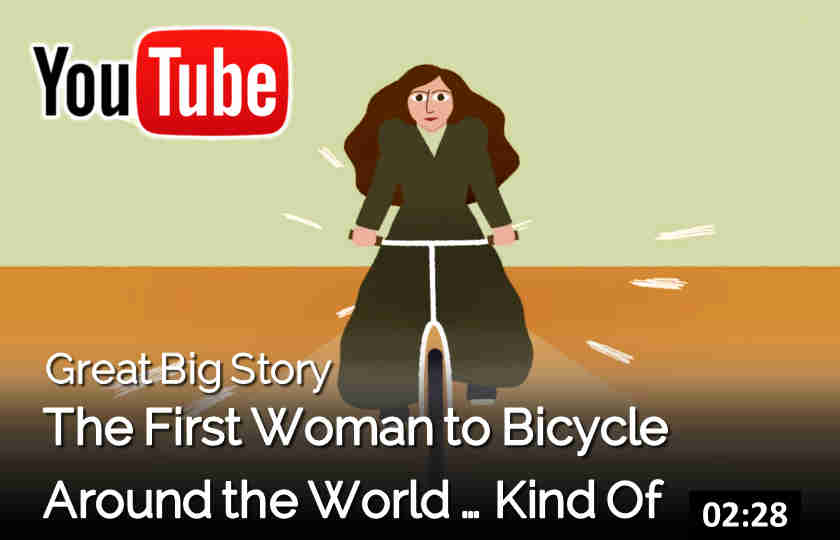Geography & Travel
Countries
[more]
[less]
In this video, learn all about the traditions and legends that make Lunar New Year one of the most exciting times of the year.
[more]
Hosted by: Stefan Chine
[less]
Real life Swede, PewDiePie, schallenges us to guess some about Swedish stereotypes.
[more]
Lesson by Megan Campisi and Pen-Pen Chen, animation by Zedem Media.
[less]
[more]
[less]
[more]
[less]
The Chinese New Year is the world’s single biggest human migration of people: over 200 million travel to celebrate with family – many of them on the country’s advanced bullet train network.
The crazy story of the arbitrary temperature scale used in a tiny minority of countries.
Since I’ve moved to the US in 2010, there’s one thing that I still don’t fully understand: the imperial system.
[more]
[less]
Cities
A street is a road but a road isn’t always a street. A road can also be an avenue or a boulevard—it’s the
[more]
[less]
Modern cities are designed for cars. But the city of Barcelona is testing out an urban design trick that can give cities back to pedestrians.
Design legend Michael Bierut tells the story of the accidental success of one of the most famous maps in the world — the London Tube Map.
Is New York’s pizza better than LA’s New-York-style pizza is bad?
It’s The Try Guys Coast-to-coast Pizza Party Challenge Part 1 of 1!
[more]
[less]
[more]
[less]
[more]
Lesson by Stefan Al, directed by Mette Ilene Holmriis.
[less]
Places
[more]
[less]
[more]
[less]
[more]
[less]
[more]
[less]
[more]
Lesson by Elizabeth Leane, directed by WOW-HOW Studio.
[less]
[more]
Lesson by Graeme Anderson, animation by D. Lee Peffer II.
[less]
[more]
In 1990, the Italian government enlisted top engineers to stabilize Pisa’s famous Leaning Tower. There’d been many attempts during its 800 year history, but computer models revealed the urgency of their situation. The tower would topple if it reached an angle of 5.44 degrees— and it was currently leaning at 5.5. What gives the tower its infamous tilt? Alex Gendler explores the monument’s history.
Lesson by Alex Gendler, directed by Aim Creative Studios.
[less]
Transport
While waiting to board his plane, a man discovers that he’s not as much of a VIP as he thinks he is.
[more]
[less]
[more]
[less]
[more]
Lesson by William Heuisler, animation by Flaming Medusa Studios Inc.
[less]
[more]
[less]
[more]
However there is a silver lining to being able to travel the world, as Ms Charmaine Ang, a flight stewardess and self-confessed foodie, will attest to.
[less]
[more]
Lesson by Rose Eveleth, animation by Tom Gran.
[less]
The way we can make traffic disappear.
[more]
You’re on an airplane when you feel a sudden jolt. Outside your window nothing seems to be happening, yet the plane continues to rattle you and your fellow passengers as it passes through turbulent air in the atmosphere. What exactly is turbulence, and why does it happen? Tomás Chor dives into one of the prevailing mysteries of physics: the complex phenomenon of turbulence.
Lesson by Tomás Chor, directed by Biljana Labovic.
[less]
Can we all agree that the left lane is for passing, please?
World
A weekly show where knowledge junkies get their fix of trivia-tastic information. It’s our birthday! In celebration of a year of mental_floss on YouTube, John looks at some fascinating birthday traditions from around the world.
[more]
[less]
Kids try Christmas food! Watch to see their reaction!
Yakko Warner from the TV show Animaniacs singing a song to help you learn the Nations of the World.
[more]
[less]
[more]
[less]
[more]
[less]
[more]
[less]
Let’s ask a Geologist what a continent is. The Antarctic, plate, the Australian plate, the Eurasian plate, the South American plate, the African plate.
Maps are flat representations of our spherical planet. Johnny Harris cut open a plastic globe to understand
[more]
His struggle to make a flat map out of the plastic globe is indicative of a challenge mapmakers have faced for centuries: It is mathematically impossible to translate the surface of a sphere onto a plane without some form of distortion.
To solve this problem, mathematicians and cartographers have developed a huge library of representations of the globe, each distorting a certain attribute and preserving others.
For instance, the Mercator projection preserves the shape of countries while distorting the size, especially near the north and south pole.
For a more accurate view of land area look at the Gall-Peters projection, which preserves area while distorting shape.
In the end, there’s not “right” map projection. Each comes with trade-offs, and cartographers make projection decisions based on the particular tasks at hand. But if you are interested in seeing an accurate depiction of the planet, it’s best to stick with a globe.
[less]






